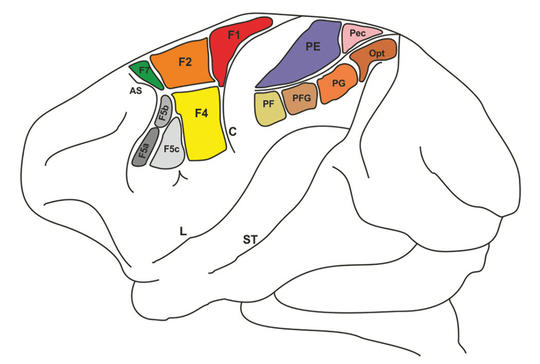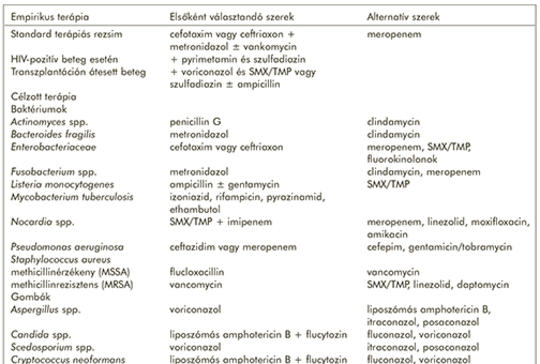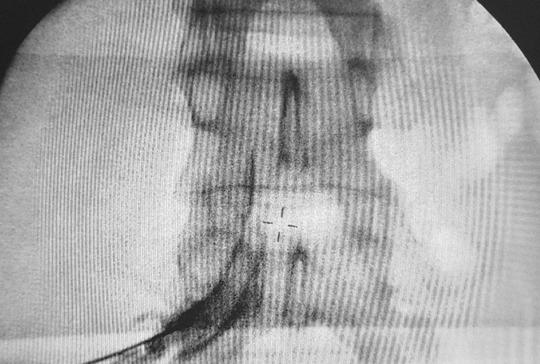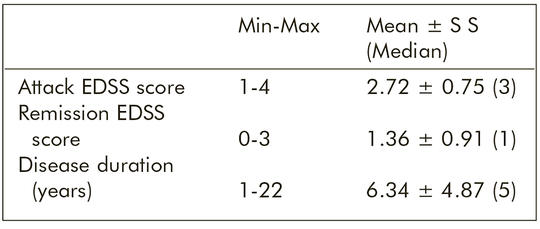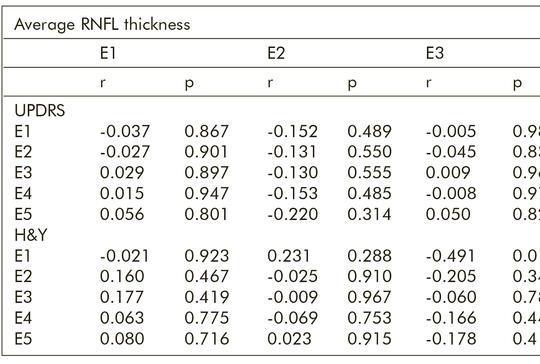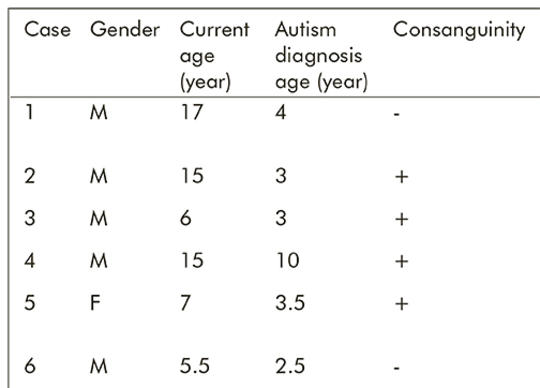The eLitMed.hu medical portal uses computer cookies for convenient operation. Detailed information can be found in the Cookie-policy.
Clinical Neuroscience - 2021;74(01-02)
Content
Neuroscience highlights: The mirror inside our brain
Over the second half of the 19th century, numerous theories arose concerning mechanisms involved in understanding of action, imitative learning, language development and theory of mind. These explorations gained new momentum with the discovery of the so called “mirror neurons”. Rizzolatti’s work inspired large groups of scientists seeking explanation in a new and hitherto unexplored area of how we perceive and understand the actions and intentions of others, how we learn through imitation to help our own survival, and what mechanisms have helped us to develop a unique human trait, language. Numerous studies have addressed these questions over the years, gathering information about mirror neurons themselves, their subtypes, the different brain areas involved in the mirror neuron system, their role in the above mentioned mechanisms, and the varying consequences of their dysfunction in human life. In this short review, we summarize the most important theories and discoveries that argue for the existence of the mirror neuron system, and its essential function in normal human life or some pathological conditions.
[The role of anaerobic bacteria in brain abscesses: a literature review]
[Brain abscesses are potentially serious, life-threatening diseases that pose a complex diagnostic challenge not only to neurosurgeons but also to clinical microbiologists, neurologists, psychiatrists, infectologists. The etiology of brain abscess is usually polymicrobial, most commonly involving a variety of aerobic and obligate anaerobic bacteria. Epidemiological studies on the anaerobic etiology of brain abscesses are common between the time period of 1960s and 1980s, but today there are very few new publications on the subject. The role of anaerobic bacteria in this disease was presumably underdiagnosed for a very long time, as many laboratories did not have the adequate laboratory capabilities for their cultivation and identification. The purpose of this review is to summarize the available literature on the etiology of obligate anaerobic bacteria in brain abscesses, including their prevalence and current therapeutic recommendations.]
Evaluation of the effectiveness of transforaminal epidural steroid injection in far lateral lumbar disc herniations
Far lateral lumbar disc herniations (FLDH) consist approximately 0.7-12% of all lumbar disc herniations. Compared to the more common central and paramedian lumbar disc herniations, they cause more severe and persistent radicular pain due to direct compression of the nerve root and dorsal root ganglion. In patients who do not respond to conservative treatments such as medical treatment and physical therapy, and have not developed neurological deficits, it is difficult to decide on surgical treatment because of the nerve root damage and spinal instability risk due to disruption of facet joint integrity. In this study, we aimed to evaluate the effect of transforaminal epidural steroid injection (TFESI) on the improvement of both pain control and functional capacity in patients with FLDH. A total of 37 patients who had radicular pain caused by far lateral disc herniation which is visible in their lumbar magnetic resonance imaging (MRI) scan, had no neurological deficit and did not respond to conservative treatment, were included the study. TFESI was applied to patients by preganglionic approach. Pre-treatment Visual Analogue Scale (VAS) and Oswestry Disability Index (ODI) scores of the patients were compared with the 3rd week, 3rd month and 6th month scores after the procedure. The mean initial VAS score was 8.63 ± 0.55, while it was 3.84 ± 1.66, 5.09 ± 0.85, 4.56 ± 1.66 at the 3rd week, 3rd month and 6th month controls, respectively. This decrease in the VAS score was found statistically significant (p = 0.001). ODI score with baseline mean value of 52.38 ± 6.84 was found to be 18.56 ± 4.95 at the 3rd week, 37.41 ± 14.1 at the 3rd month and 34.88 ± 14.33 at the 6th month. This downtrend of patient’s ODI scores was found statistically significant (p = 0.001). This study has demonstrated that TFESI is an effective method for gaining increased functional capacity and pain control in the treatment of patients who are not suitable for surgical treatment with radicular complaints due to far lateral lumbar disc hernia.
Electrophysiological investigation for autonomic dysfunction in patients with myasthenia gravis: A prospective study
Myasthenia gravis (MG) is an autoimmune disorder of neuromuscular transmission. Autonomic dysfunction is not a commonly known association with MG. We conducted this study to evaluate autonomic functions in MG & subgroups and to investigate the effects of acetylcholinesterase inhibitors. This study comprised 30 autoimmune MG patients and 30 healthy volunteers. Autonomic tests including sympathetic skin response (SSR) and R-R interval variation analysis (RRIV) was carried out. The tests were performed two times for patients who were under acetylcholinesterase inhibitors during the current assessment. The RRIV rise during hyperventilation was better (p=0.006) and Valsalva ratio (p=0.039) was lower in control group. The SSR amplitudes were lower thereafter drug intake (p=0.030). As much as time went by after drug administration prolonged SSR latencies were obtained (p=0.043).Valsalva ratio was lower in the AchR antibody negative group (p=0.033). The findings showed that both ocular/generalized MG patients have a subclinical parasympathetic abnormality prominent in the AchR antibody negative group and pyridostigmine has a peripheral sympathetic cholinergic noncumulative effect.
The effects of 30 Hz, 50 Hz AND 100 Hz continuous theta burst stimulation via transcranial magnetic stimulation on the electrophysiological parameters in healthy individuals
Transcranial magnetic stimulation is a non-invasive procedure that uses robust magnetic fields to create an electrical current in the cerebral cortex. Dual stimulation consists of administering subthreshold conditioning stimulation (CS), then suprathreshold test stimulation (TS). When the interstimulus interval (ISI) is 1-6 msec, the motor evoked potential (MEP) decreases in amplitude; this decrease is termed “short interval intracortical inhibition” (SICI); when the ISI is 7-30 msec, an increase in MEP amplitude occurs, termed “short interval intracortical facilitation” (SICF). Continuous theta burst stimulation (cTBS), often applied at a frequency of 50 Hz, has been shown to decrease cortical excitability. The primary objective is to determine which duration of cTBS achieves better inhibition or excitation. The secondary objective is to compare 50 Hz cTBS to 30 Hz and 100 Hz cTBS. The resting motor threshold (rMT), MEP, SICI, and SICF were studied in 30 healthy volunteers. CS and TS were administered at 80%-120% and 70%-140% of rMT at 2 and 3-millisecond (msec) intervals for SICI, and 10- and 12-msec intervals for SICF. Ten individuals in each group received 30, 50, or 100 Hz, followed by administration of rMT, MT-MEP, SICI, SICF immediately and at 30 minutes. Greater inhibition was achieved with 3 msec than 2 msec in SICI, whereas better facilitation occurred at 12 msec than 10 msec in SICF. At 30 Hz, cTBS augmented inhibition and suppressed facilitation, while 50 Hz yielded less inhibition and greater inter-individual variability. At 100 Hz, cTBS provided slight facilitation in MEP amplitudes with less interindividual variability. SICI and SICF did not differ significantly between 50 Hz and 100 Hz cTBS. Our results suggest that performing SICI and SICF for 3 and 12 msec, respectively, and CS and TS at 80%-120% of rMT, demonstrate safer inhibition and facilitation. Recently, TBS has been used in the treatment of various neurological diseases, and we recommend preferentially 30 Hz over 50 Hz cTBS for better inhibition with greater safety and less inter-individual variability.
Matrix metalloproteinases and their tissue inhibitors in relapsing remitting multiple sclerosis: Possible markers and treatment agents
Matrix metalloproteinases (MMPs), which are synthesized by many cell groups and responsible for the destruction of matrix proteins, and endogen tissue inhibitors of MMPs (TIMPs) have a role in the pathogenesis of Multiple Sclerosis (MS) by affecting the blood-brain barrier. We aimed to investigate the role of MMPs and TIMPs in the immunopathogenesis and in the course of multiple sclerosis (MS). We enrolled 25 relapsing remitting MS patients, who had a definite MS diagnosis according to McDonald criteria and 25 healthy subjects similar for age and gender as control group. MMP-9- and TIMP-1 levels were measured twice in patient group (one time during an attack and one in remission) and once in healthy subjects. MMP-9- and TIMP-levels of patients during attack and remission period and MMP-9/TIMP-1 ratio were found significantly higher than in the control subjects. In patient group MMP-9 and TIMP-1 levels and MMP-9/TIMP-1 ratio during attacks were not significantly different than during remission period. However, when subdivided according to their number of attacks, patients with 2 attacks had significantly higher levels during attack period comparing to remission period (p<0.05); in case of patients with more than 2 attacks did not have a statistically significant difference in attack and remission periods. Matrix metalloproteinases are important actors in MS immunopathogenesis, particularly in the early period and inhibitor agents for these enzymes can be used as a treatment option.
Retinal morphological changes during the two years of follow-up in Parkinson’s disease
The study aims to investigate the relationship between the progression of idiopathic Parkinson’s disease (IPD) and retinal morphology. The study was carried out with 23 patients diagnosed with early-stage IPD (phases 1 and 2 of the Hoehn and Yahr scale) and 30 age-matched healthy controls. All patients were followed up at least two years, with 6-month intervals (initial, 6th month, 12th month, 18th month, and 24th month), and detailed neurological and ophthalmic examinations were performed at each follow-up. Unified Parkinson’s Disease Rating Scale part III (UPDRS Part III) scores, Hoehn and Yahr (H&Y) scores, best-corrected visual acuity (BCVA), intraocular pressure (IOP) measurement, central macular thickness (CMT) and retinal nerve fiber layer (RNFL) thickness were analyzed at each visit. The average age of the IPD and control groups was 43.96 ± 4.88 years, 44.53 ± 0.83 years, respectively. The mean duration of the disease in the IPD group was 7.48 ± 5.10 months at the start of the study (range 0-16). There was no statistically significant difference in BCVA and IOP values between the two groups during the two-year follow-up period (p> 0.05, p> 0.05, respectively). Average and superior quadrant RNFL thicknesses were statistically different between the two groups at 24 months and there was no significant difference between other visits (p=0.025, p=0.034, p> 0.05, respectively). There was no statistically significant difference in CMT between the two groups during the follow-up period (p> 0.05). Average and superior quadrant RNFL thicknesses were significantly thinning with the progression of IPD.
[The first Hungarian patient with Guillain-Barre syndrome after COVID-19]
[Guillain-Barré syndrome (GBS) is a sporadic, relatively rare disease. In serious cases, it can lead to respiratory failure and death. The correlation between SARS-CoV-2 and the risk of GBS is not yet known. COVID-19-associated prolonged pulmonary complications could be worsened by the potential airway interference caused by GBS. The literature is inconsistent whether SARS-CoV-2 virus has direct or indirect effect on the onset of GBS. The authors describe the medical history of the first published GBS patient in Hungary with a preceding confirmed COVID-19 infection. The trigger role of COVID-19 infection is assumed because of the subsequent development of GBS after COVID-19 infection. So far none of the patients in the literature (including this patient) had positive PCR of SARS-CoV-2 virus from the cerebrospinal fluid.]
Cases of inborn errors of metabolism diagnosed in children with autism
Autism spectrum disorder is a neurodevelopmental disorder with a heterogeneous presentation, the etiology of which is not clearly elucidated. In recent years, comorbidity has become more evident with the increase in the frequency of autism and diagnostic possibilities of inborn errors of metabolism. One hundred and seventy-nine patients with diagnosis of autism spectrum disorder who presented to the Pediatric Metabolism outpatient clinic between 01/September/2018-29/February/2020 constituted the study population. The personal information, routine and specific metabolic tests of the patients were analyzed retrospectively. Out of the 3261 patients who presented to our outpatient clinic, 179 (5.48%) were diagnosed with autism spectrum disorder and were included in the study. As a result of specific metabolic examinations performed, 6 (3.3%) patients were diagnosed with inborn errors of metabolism. Two of our patients were diagnosed with classical phenylketonuria, two with classical homocystinuria, one with mucopolysaccharidosis type 3D (Sanfilippo syndrome) and one with 3-methylchrotonyl Co-A carboxylase deficiency. Inborn errors of metabolism may rarely present with autism spectrum disorder symptoms. Careful evaluation of the history, physical examination and additional findings in patients diagnosed with autism spectrum disorder will guide the clinician in the decision-making process and chose the appropriate specific metabolic investigation. An underlying inborn errors of metabolism may be a treatable cause of autism.
1.
Clinical Neuroscience
Is there any difference in mortality rates of atrial fibrillation detected before or after ischemic stroke?2.
Clinical Neuroscience
Factors influencing the level of stigma in Parkinson’s disease in western Turkey3.
Clinical Neuroscience
Neuropathic pain and mood disorders in earthquake survivors with peripheral nerve injuries4.
Journal of Nursing Theory and Practice
[Correlations of Sarcopenia, Frailty, Falls and Social Isolation – A Literature Review in the Light of Swedish Statistics]5.
Clinical Neuroscience
[Comparison of pain intensity measurements among patients with low-back pain]1.
2.
Clinical Neuroscience Proceedings
[A Magyar Stroke Társaság XVIII. Kongresszusa és a Magyar Neuroszonológiai Társaság XV. Konferenciája. Absztraktfüzet]3.
4.
Journal of Nursing Theory and Practice
[A selection of the entries submitted to the literary contest "Honorable mission: the joys and challenges of our profession" ]5.
Journal of Nursing Theory and Practice
[End of Life and Palliative Care of Newborns in the Nursing Context]